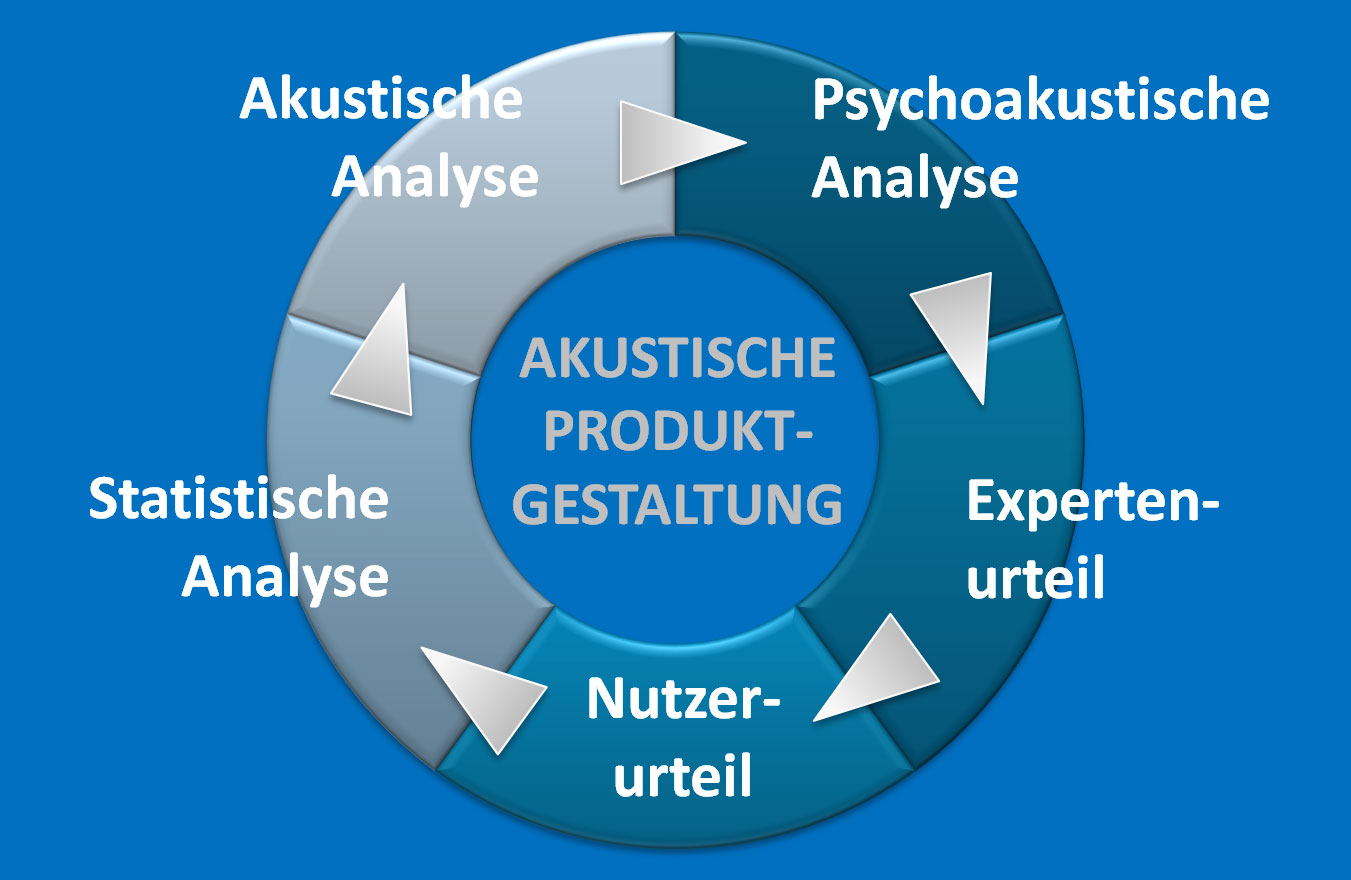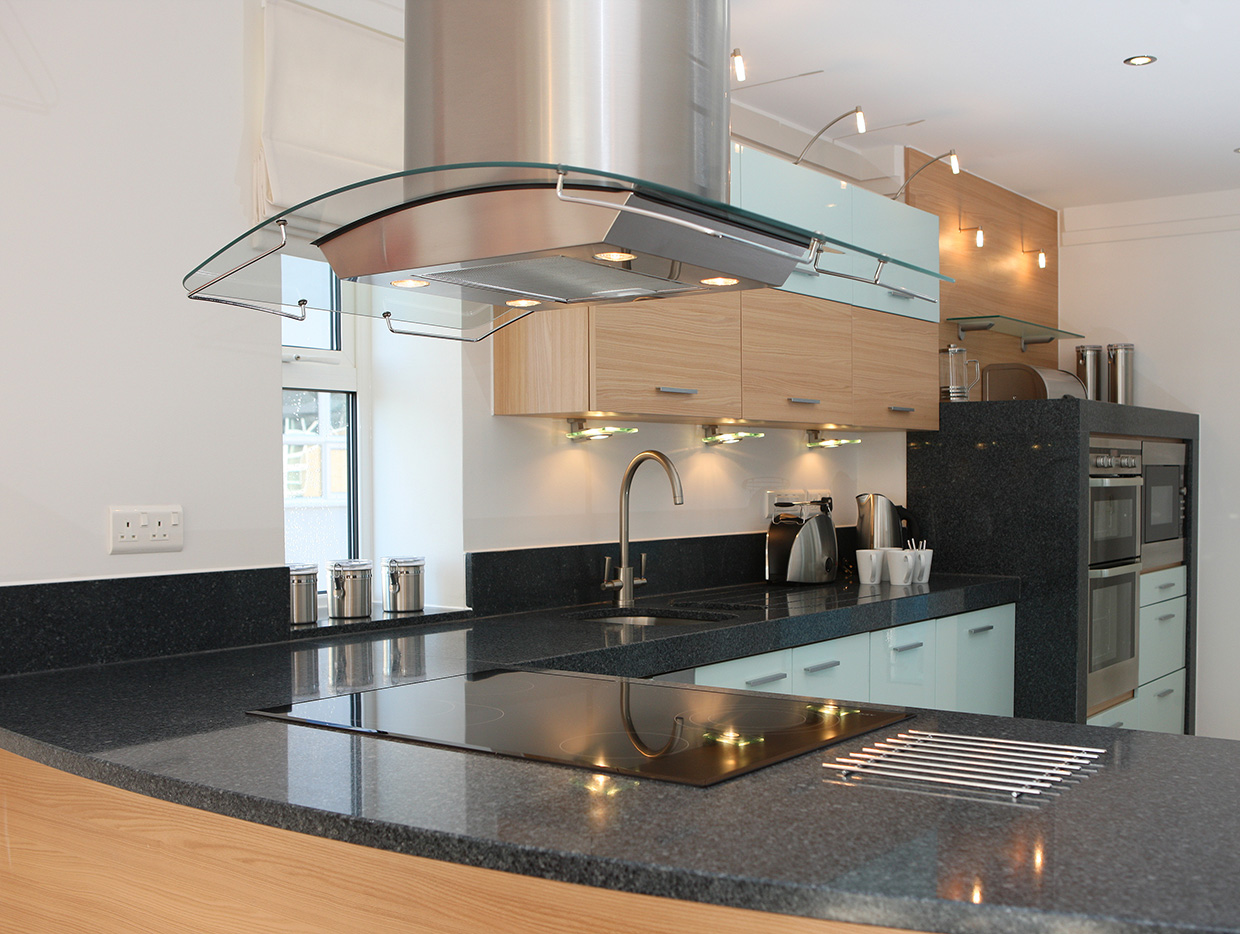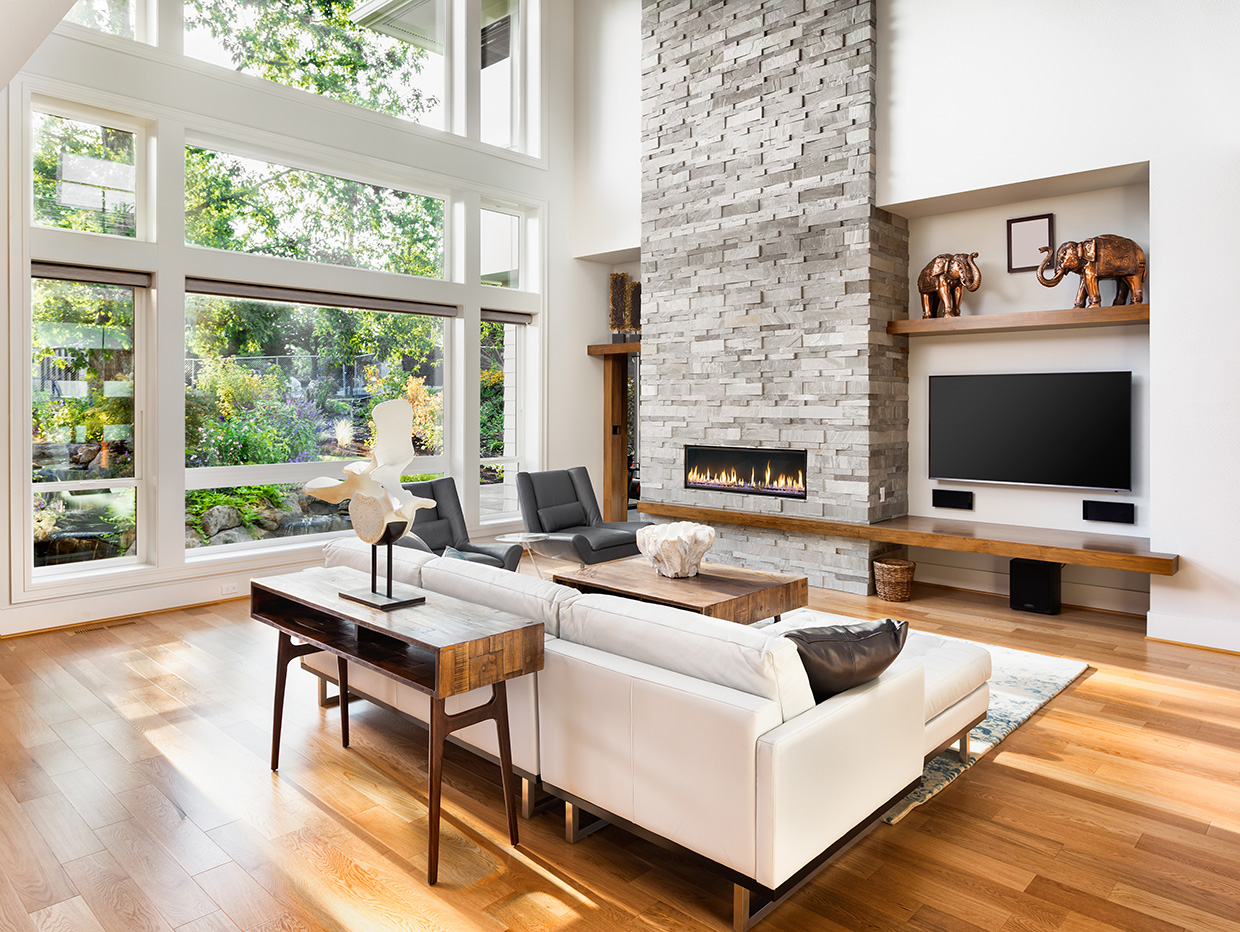Noise Protection, Sound and Acoustic Quality in Residential Buildings
Acoustic design, also known as sound design, has become an integral part of product development in many branches of industry. The methodically often very complex evaluation and optimization is oriented towards the specific expectations of the listeners. For example, operating sound and sound impression are associated with solidity and quality, they indicate states and acknowledge handling. Thus, sound design is not associated with soundlessness but serves to accomplish the perceptual impression of a product, and at the same time offers the possibility for a perceptible distinction.
For building products and in residential buildings, the acoustic design has so far focused mainly on noise reduction in order to achieve comfort and well-being with silence. However, there is also an extended need for sound design in this field. Firstly, operating and usage noise cannot be completely prevented, so the type and spectrum of the remaining sound are crucial factors. Secondly, in some places of the buildings, noise is expected - however, the right one. Thirdly, the common single number values (e.g. sum of levels) do not provide an appropriate auditory impression for experts or laypersons. Fourthly, for some sounds, there are no requirements, reference or measured values at all. Fifthly, the acoustical properties of the rooms do not allow communication and music, nor sound enjoyment and home cinema experience.
As a result, the audible character of many building products is left to chance, design potential remains unused, and buyers or users do not have an acoustic choice. This acoustic design potential is in the center of the joint project BUILDING SOUND DESIGN, focusing on the key areas:
- use of established and development of new psychoacoustic methods and paramenters,
- application of the methods for acoustic room and product design,
- analysis and design of the individual, reciprocal and overall effect of noise in buildings.
Living spaces are adapted to their use, and building products are examined and dealt with, such as sanitary and water installations, lifts and stairs, doors and gates, heating and ventilation equipment, floor coverings and ceilings, sun protection and locking systems.
If you are interested in this project, please contact us.


